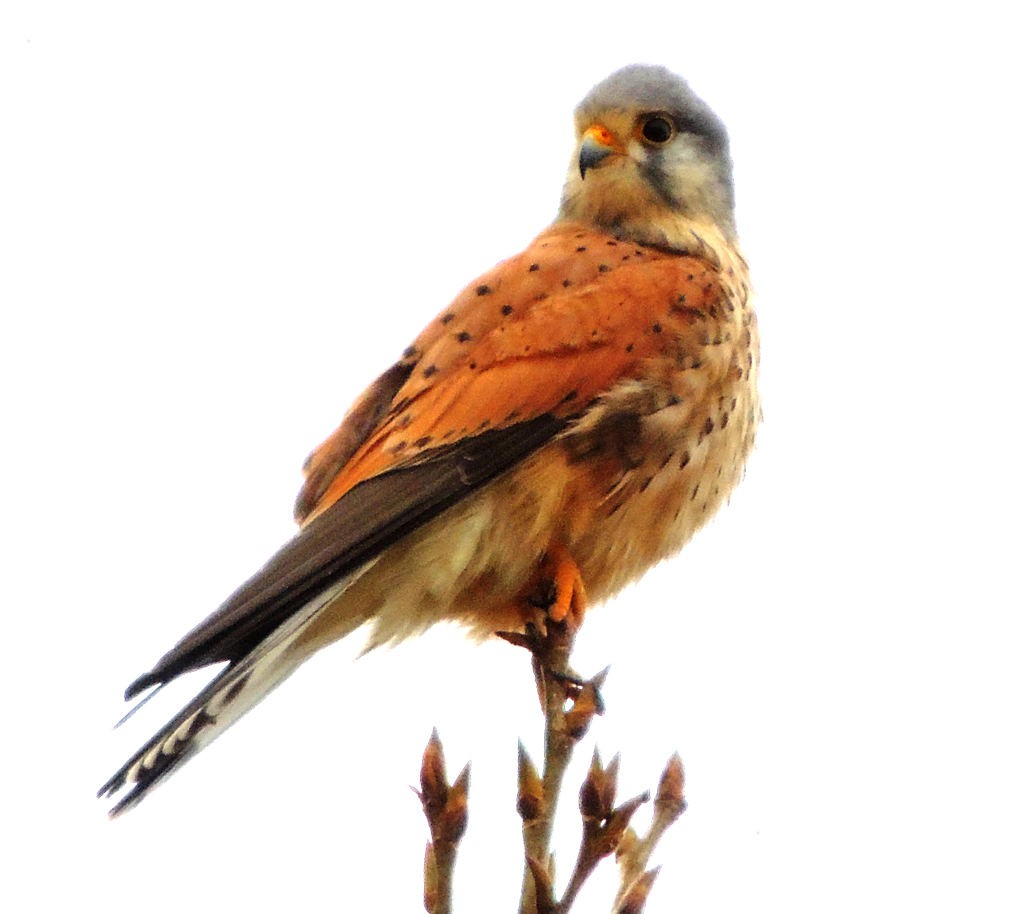
Falco tinnunculus (Common kestrel)
The Common Kestrel (Falco tinnunculus) is one of the most widespread birds of prey found across Europe, Asia, and Africa. Within the boundaries of the Great Himalayan National Park (GHNP), this small but agile falcon is a frequent sight, especially in open meadows, alpine pastures, and along forest edges where it hovers expertly in search of prey.
Identification and Features
The Common Kestrel is a medium-sized falcon with a rufous back and upper wings adorned with black spots, and a pale underside. Males can be recognized by their blue-grey head and tail, while females are generally browner and more heavily streaked. Both sexes have a distinctive black mustache mark on their face.
Habitat and Distribution in GHNP
In GHNP, the Common Kestrel is found from 1,500 to 4,000 meters above sea level, depending on the season. It favors open high-altitude grasslands, rocky slopes, and subalpine forests, making it well-adapted to the park’s varied terrain. The bird can often be seen hovering mid-air while scanning the ground for movement.
| Common name | Common Kestrel |
| Scientific name | Falco tinnunculus |
| Family | Psittacidae |
| Description | A small slender falcon, brick red above with grey head; light buff below with brown spearhead spots. In flight the pointed black wings and rounded grey tail with broad black terminal band are useful clues to identification. Female rufous above, including head, cross-barred with blackish. Singly, in open country, perched on stake or hovering |
Hunting and Diet
The Common Kestrel primarily feeds on small mammals, insects, and occasionally small birds and reptiles. It is especially skilled at hunting voles and grasshoppers, using its keen eyesight to spot prey from high above before swooping down with precision. Its ability to hover in place while hunting is a signature behavior.
Breeding and Behavior
The kestrel is a cavity-nesting bird, often utilizing rock crevices, tree holes, or even abandoned nests of other birds. Breeding typically occurs from April to June in GHNP, with the female laying 3–6 eggs. The chicks hatch after about 4 weeks and fledge within a month.
Conservation and Status
The Common Kestrel is listed as Least Concern by the IUCN due to its wide distribution. However, local populations in sensitive alpine areas like GHNP are susceptible to habitat degradation, pesticide use, and disturbance from tourism. The park’s protection helps ensure a stable habitat for this raptor.



